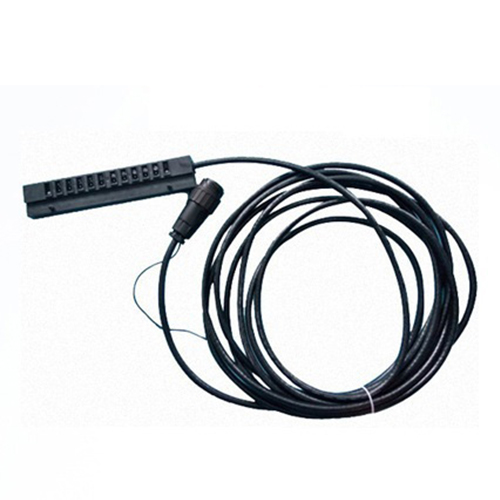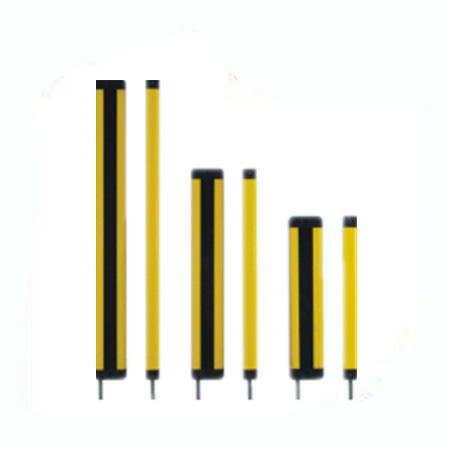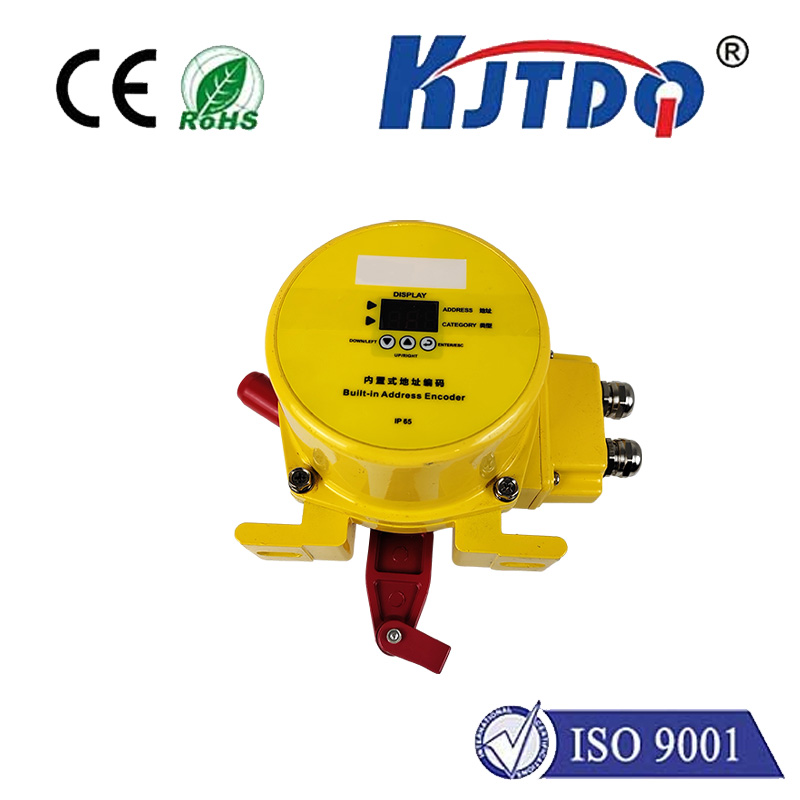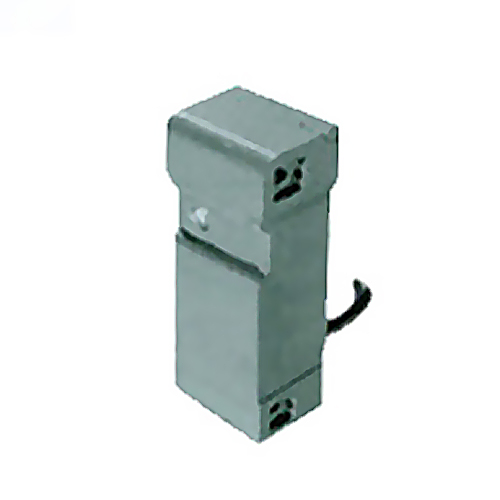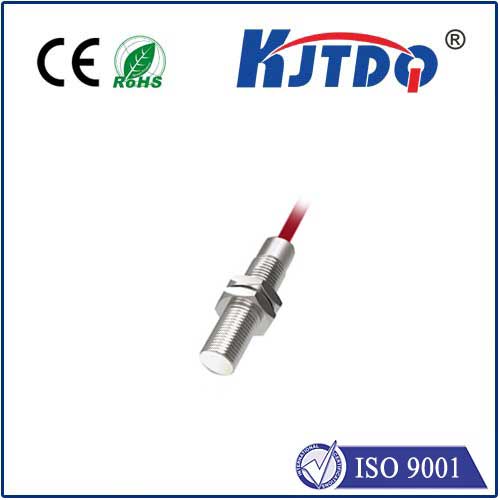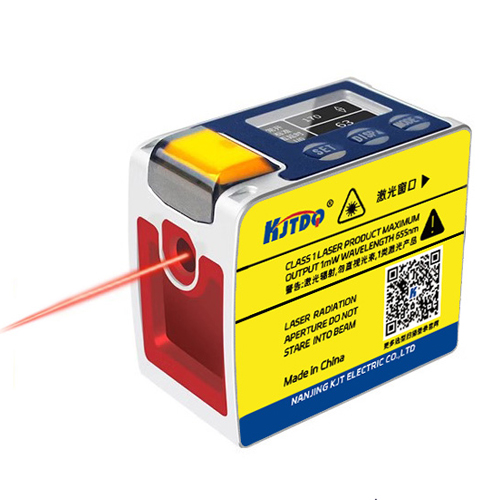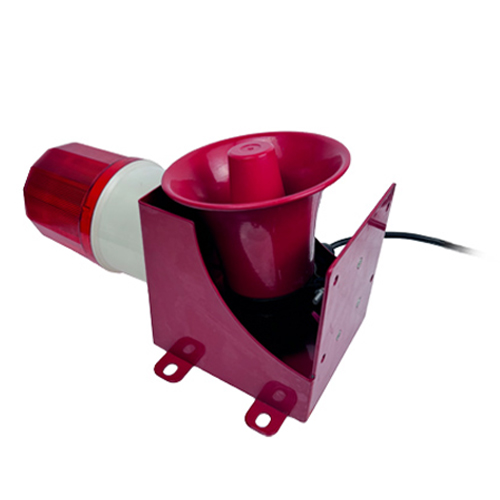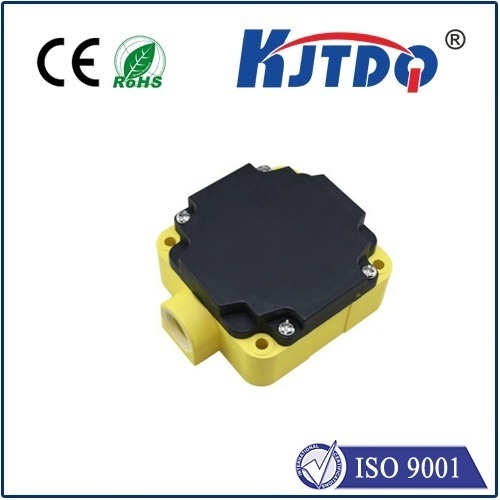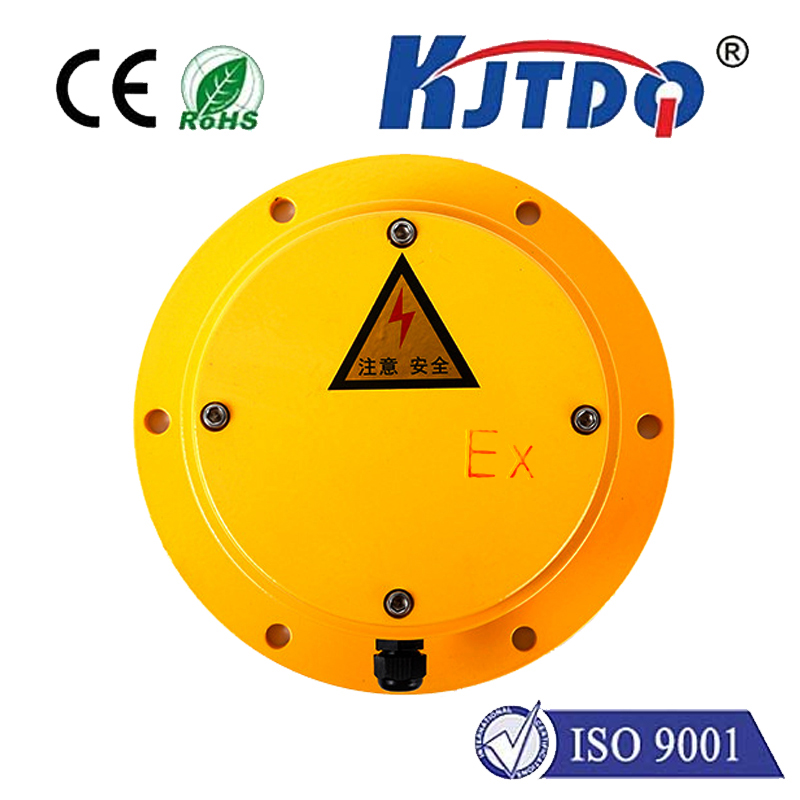metal detector proximity sensor
- time:2025-07-14 14:32:39
- Нажмите:0
How Metal Detector Proximity Sensors Revolutionize Object Detection
Ever lost your keys in the grass, or needed a reliable way to confirm metal parts are perfectly positioned on a production line? This frustrating scenario is precisely where the specialized technology of a metal detector proximity sensor shines. Far removed from the bulky handheld units used on beaches, these sophisticated devices excel at non-contact, short-range detection of metallic objects. Their unique capability to sense metal presence without physical touch makes them indispensable across a vast spectrum of modern industrial, security, and even consumer applications.
Understanding the Core Technology: Beyond Simple Magnets
While traditional metal detectors often rely on pulse induction or beat frequency oscillation for deeper searches, metal detector proximity sensors primarily operate on the principle of inductive sensing. Here’s the science simplified:
- Generating the Field: The sensor contains an oscillator circuit that generates a high-frequency electromagnetic field radiating from its active face.
- Eddy Current Interaction: When a metallic object enters this electromagnetic field, it disrupts the field’s flow. Crucially, this disruption induces tiny swirling electrical currents called eddy currents within the metal object itself.
- Detecting the Shift: These eddy currents consume energy from the sensor’s field, causing a measurable change – typically a reduction in amplitude or a shift in frequency within the sensor’s oscillator circuit.
- Triggering the Output: The sensor’s integrated electronics detect this specific change. Once the disruption reaches a predetermined threshold (the sensing distance), the sensor’s output state switches (e.g., from OFF to ON, or vice-versa).
This passive sensing method is incredibly efficient. The metal object itself doesn’t require power or modification; its mere conductive presence within the sensor’s detection zone triggers the response.
Why Proximity Over Traditional Detection? Key Advantages
Choosing a metal detector proximity sensor offers distinct benefits over other detection methods in close-range scenarios:
- Non-Contact Operation: Eliminates physical wear and tear on both the sensor and the target object, ensuring longevity and reliability.
- Exceptional Reliability & Repeatability: Provides highly consistent detection within its specified range, unaffected by surface conditions like dust, oil, or water (within IP ratings), unlike optical sensors.
- High-Speed Response: Capable of detecting rapid movements of metallic objects, making them ideal for high-speed automation and counting applications.
- Прочная структура: Typically housed in rugged metal or high-grade plastic casings, designed to withstand harsh industrial environments involving vibration, shock, and temperature extremes.
- Selective Detection: Primarily triggered by ferrous (iron-based) and non-ferrous metals (like aluminum, copper, brass), offering selectivity over non-metallic materials.
Ubiquitous Applications: Where These Sensors Make a Difference
The versatility of metal detector proximity sensors ensures their presence is felt in numerous critical areas:
- Industrial Automation & Manufacturing: Position verification (e.g., confirming a metal part is correctly seated in a fixture), end-of-travel detection for pneumatic cylinders, part counting on conveyor lines, detecting broken tools (metal fragments), monitoring spindle orientation, and controlling robotic arm positions.
- Security & Access Control: Integrated into security scanners to detect concealed weapons or unauthorized metallic objects at entry points. Used in anti-theft systems for retail.
- Material Handling & Packaging: Detecting the presence or absence of metal cans, caps, lids, or foil seals on production lines. Monitoring fill levels in metal containers.
- Automotive Manufacturing: Verifying the presence of critical metal components like pistons, valves, bearings, or threaded inserts throughout assembly processes. Door position sensing.
- Consumer Electronics: Used internally in devices for tasks like detecting when a laptop lid is closed (via a small magnet interacting with the sensor).
- Recycling & Sorting: Identifying and separating metallic items from waste streams on conveyor systems.
Selecting the Right Sensor: Crucial Considerations
Not all metal detector proximity sensors are created equal. Choosing the optimal one requires evaluating several factors:
- Sensing Distance: The maximum range at which a standard target (usually a square of specific size and material like iron) can be reliably detected. This varies significantly between models.
- Target Material: Ferrous metals generally offer the longest sensing ranges. The sensor’s performance (detection distance) will decrease with non-ferrous metals like aluminum, brass, or stainless steel compared to iron. Check datasheets carefully.
- Housing & Size: Cylindrical (threaded barrel) or rectangular block styles are common. Size must fit the installation constraints.
- Output Type: Typically available as Normally Open (NO), Normally Closed (NC), or configurable digital outputs (NPN or PNP transistors). Analog outputs provide distance measurement.
- Environmental Robustness: Consider the required Ingress Protection (IP) rating for dust and water resistance, temperature range tolerance, and resistance to chemicals or weld spatter (using welding spark-resistant variants).
- Flush vs. Non-Flush Mounting: Flush-mountable sensors can be embedded in metal surroundings without affecting performance. Non-flush types offer longer ranges but require clearance around the sensing face.
The Future: Enhanced Integration and Specialization
The evolution of metal detector proximity sensor technology continues. We see trends towards:
- Miniaturization: Smaller sensors enabling detection in incredibly tight spaces.
- Intelligent Sensors: Incorporating IO-Link or other communication protocols for enhanced diagnostics, parameter setting, and integration with Industry 4.0 systems.
- Enhanced Selectivity & Immunity: Improved designs to minimize false triggers from adjacent metal or electromagnetic interference (EMI).
- Specialized Variants: Sensors specifically optimized for challenging environments like high-temperature foundries or for detecting specific alloy types consistently.
From ensuring the smooth flow of an automated assembly line to safeguarding secure environments, the metal detector proximity sensor proves itself as a fundamental, reliable, and often invisible component of modern technology. Its ability to provide precise, non-contact detection of metal objects at close range addresses critical needs across countless industries. Understanding their inductive operating principle, key advantages, and selection criteria empowers engineers and technicians to leverage this robust technology effectively. As materials science and semiconductor integration advance, these sensors will only become more sophisticated, smaller, and seamlessly integrated into the machinery that shapes our world.
